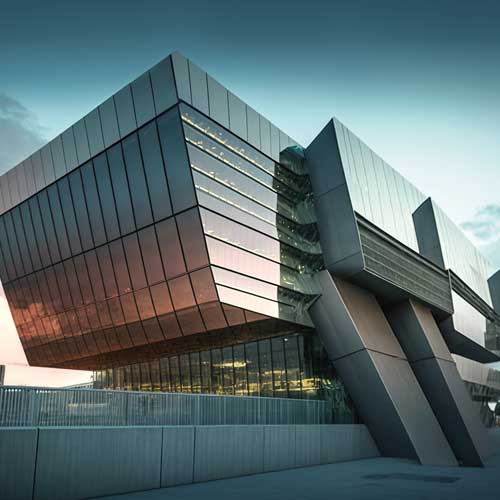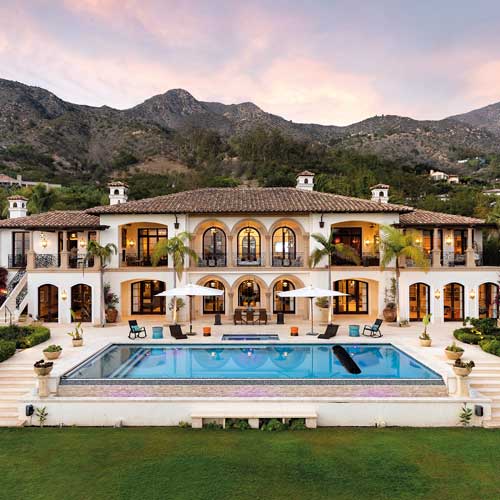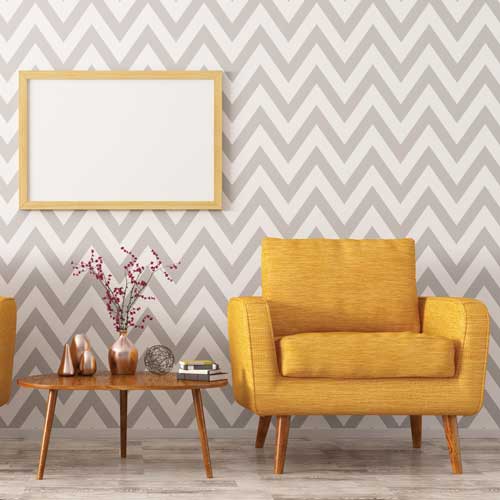INTEGRATING ART
Artistic creations that make for tranquillity
Philip Weeraratne in conversation with Lashani Ramanayake

Referring to the inspiration that initiated his journey in this field, Philip Weeraratne says it all began with the spiritual insight and divine direction his mother received, during her prayers and meditation that was in line with his creative interest.
This confirmation motivated his mother to encourage him to pursue a career in a creative field.
When asked to name his most memorable design accomplishment to date, he says it wouldn’t be fair to cite one in particular as his team at PWA Architects provide their personal inputs into everything the firm does.
However, he adds that their greatest accomplishment was a small township or accommodation facility built in the middle of a desert in Oman; it spread across 200,000 square metres and has the facilities to accommodate 18,000 people.

Weeraratne affirms that his primary intent when designing is to evoke a sense of peace, rest, calm, tranquillity and inner reflection, in those who see and use the buildings. Moreover, he hopes that his team’s work would inspire perfection in the context of detail and excellence – especially in people who work with them.
 Q: What role does architecture play in preserving art, culture and heritage?
Q: What role does architecture play in preserving art, culture and heritage?
A: Architecture integrates art. However, it should be a representation of culture, heritage and the nature of people – not only in a historical context but also in relevance to modern-day challenges and changing times.
Moreover, architecture should be a true representation of culture, lifestyle, beliefs, climate and social patterns, rather than being simply monumental and egotistical.
Q: What are the emerging trends in the fields of design, construction and architecture?
A: It wouldn’t be appropriate to limit and lockdown the transformation into a trend but there’s a definite yearning in people for downsizing, efficiency, minimalism and creating a simple order of life.
They are seeking deeper satisfaction instead of mere superficiality.
Q: How do architects balance design, functionality and aesthetics in today’s context?
A: In my view, all three aspects are primarily important. One needs to design with the comfort and wellbeing of the user in mind, rather than a monument for one’s ego or for the sake of applause and praise from the gallery.
If one is humble enough to consider the user as a partner in the process, it will not be a challenge to achieve that balance.

 Q: What policy changes that would enable the development of this field in Sri Lanka would you like to see?
Q: What policy changes that would enable the development of this field in Sri Lanka would you like to see?
A: Greater urban planning regulations and their enforcement; preserving heritage buildings and neighbourhoods with greater commitment; and promotion of pedestrian access coupled with adequate green and recreation spaces for residents.
Moreover, what’s critical at this juncture is to preserve the country’s coastal areas.
They are experiencing a magnitude of building projects, which are detrimental to the tranquil landscape – in fact, they’re killing the golden goose of tourism. Very soon, the southern coast of Sri Lanka will resemble Pattaya in Thailand, which has become an urban landscape of concrete.






